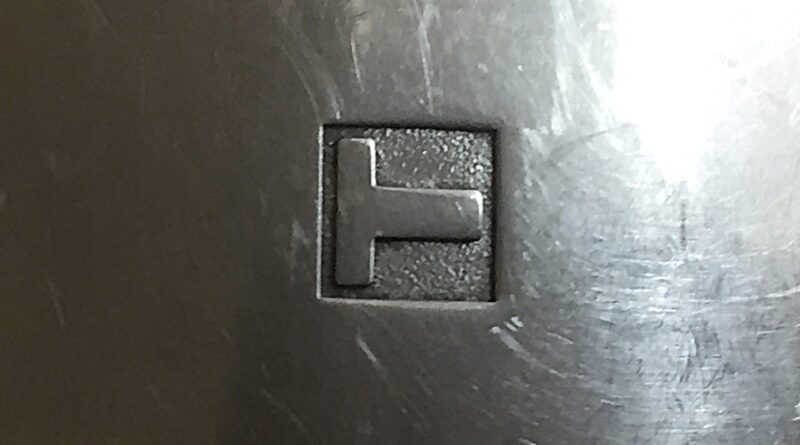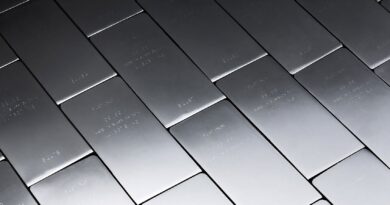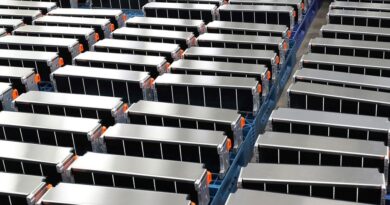Overview of the green metals sector in South Africa
South Africa is strategically positioned as one of the few countries endowed with a diverse range of mineral commodities, including critical minerals that could help it become a key green industries player. It has large deposits of green metals that present economic opportunities for South Africa along the green metals supply value chain.
Over the last few years South Africa’s mining sector has experienced a decline in productivity due to high input costs, including of labour, transport and electricity.
Domestic policy uncertainty has been persistently high because of regular revisions to the Mining Charter – a key mining policy document. This has contributed to South Africa becoming less attractive as a destination for mining investment and recording a decline in new mining projects.
South Africa’s economy has also become more services-led. The contribution of mining to national GDP shrunk from 7.8% in 2000 to 4.4% in 2022, while exploration activity has declined from 5% in 2003 to below 1% currently.
On a positive note, the South African government published a rigorous five-year exploration strategy for the mining industry to address low exploration activity. The strategy aims to address exploration investment, which has been identified as a barrier to increasing South Africa’s footprint in this area.
Implementation of this strategy could lift mining activity by propelling mineral development, allowing South Africa to regain its position as an African and global mining powerhouse.
Manganese
South Africa has a comparative advantage in producing manganese, which has no substitute. Manganese deposits in South Africa represent 80% of global manganese Reserves. In 2023, South Africa produced 19.6 million tonnes of manganese. Demand for manganese is anticipated to keep growing given its role in the global transition to a green economy.
In 2022, manganese exports from South Africa accounted for 49% of global manganese exports, resulting in R47 billion in export earnings. In 2023, manganese mining accounted for 2.5% of employment in South Africa’s mining industry. The global effort to reduce carbon emissions by increasing the use of electric vehicles and renewable energy will propel demand for manganese – both for domestic use and export – given its use in lithium battery production.
Copper
In 2022, it was estimated that South Africa produced 49 200 tonnes of copper. It is one of four countries in Southern Africa that has large reserves of copper. The country only exports 4% of Africa’s share of global copper exports, which translated into R4.6 billion in export earnings in 2022.8 Despite South Africa’s limited copper deposits and production, some of the large copper mines are actively aiming to expand their copper mining footprint by acquiring and partnering with copper mines in Zambia, Botswana and the DRC. This will increase South Africa’s copper mining participation on the continent.
Graphite
South Africa’s Bushveld complex in the northeast of the country is estimated to contain over 10 million tonnes of graphite. However, compared to Madagascar and Mozambique, South Africa does not have large deposits of graphite and is not a significant exporter of the metal. China accounts for more than 75% of the graphite production value chain, while Africa holds 9% (through Mozambique and Madagascar).9 South Africa could establish itself in the graphite value chain through anode production, as graphite makes up 90% of a battery’s anode. A regional value chain could be established through the Southern African Development Community.
Cobalt
South Africa does not have significant deposits of cobalt and is not a key exporter of the metal. It does, however, provide a transportation route for cobalt mined in the DRC.
Increased strategic investment in and development of the rail terminal route would enable South Africa to increase its participation in the regional value chain for cobalt.
The demand for cobalt is anticipated to grow exponentially, which would require the current cobalt transportation route in South Africa to also expand its capacity to sustain growing volumes.
Lithium
South Africa does not have significant lithium reserves. It does have mines producing lithium as a marginal byproduct, but not at a scalable rate. A lithium and tantalum mining project is under way at Marula Mining’s Blesberg project mine in the Northern Cape province, focusing on one of largest known mineralised deposits of lithium pegmatite. An initial trial shipment contract of high-grade lithium ore from this mine has been signed with a Chinese importer and exporter of metalliferous ores. The project shows promise to be a sustainable lithium operation over the next two to three years.




